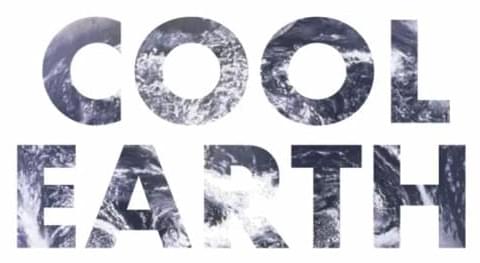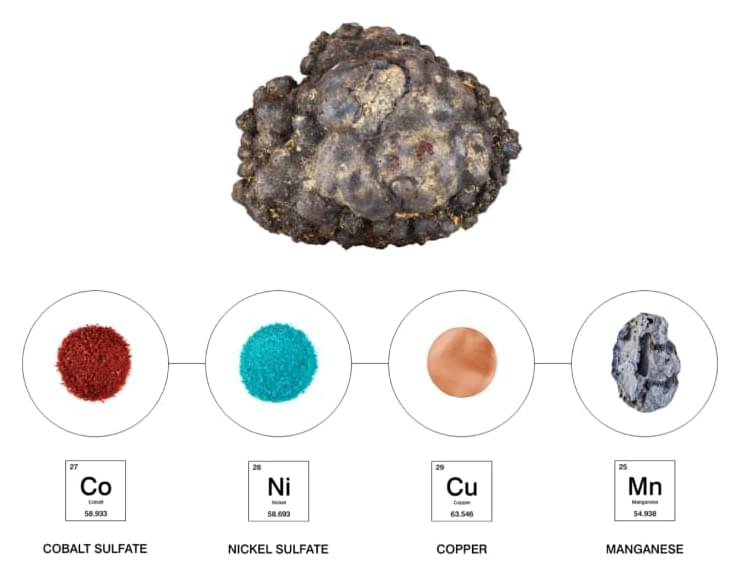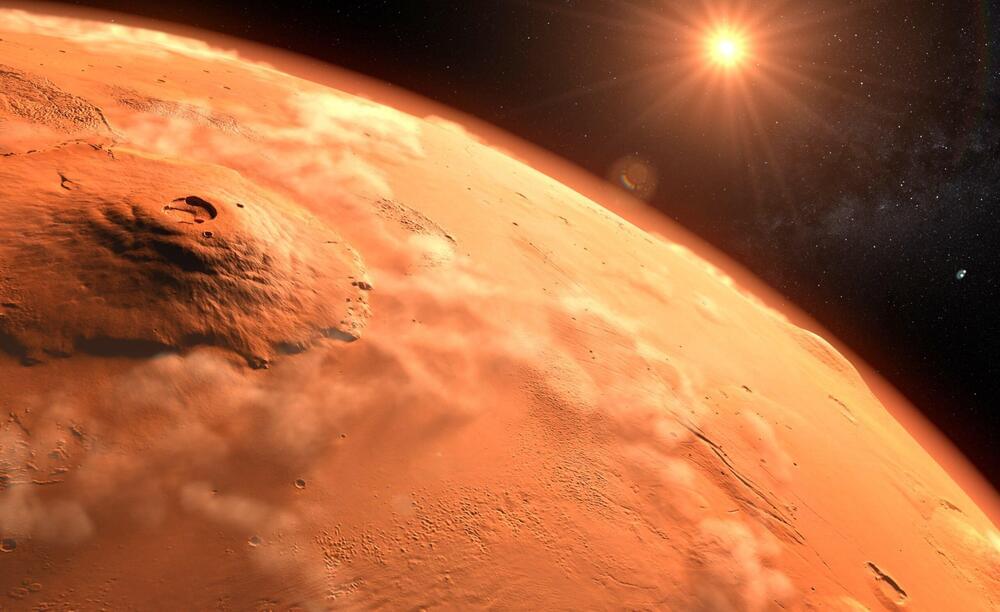A rogue company has started putting aerosols into the stratosphere because it believes it will cool the planet.
The company justifies its actions as necessary to begin to cool the planet’s atmosphere. The scientific community is in disagreement.

Urcdkeys Christmas Sale.
25% off code: C25
Win10 pro key($15):https://biitt.ly/pP7RN
Win10 home key($14):https://biitt.ly/nOmyP
Win11 pro key($21):https://biitt.ly/f3ojw.
office2021 pro key($60):https://biitt.ly/DToFr.
Affiliate links (I get a commission):
BUY an LG C1 OLED 48″: https://amzn.to/3DGI33I
BUY an LG C1 OLED 55″: https://amzn.to/3TTpQp9
Support me on Patreon: https://www.patreon.com/coreteks.
Buy a mug: https://teespring.com/stores/coreteks.
My channel on Odysee: https://odysee.com/@coreteks.
I now stream at:

We all lead busy lives, and it can be hard to remember to eat healthy. Sometimes, it’s easier to just grab food off the shelf, thinking only of the convenience and not of the nutritional value. Processed foods are always on-hand, and they’ve saved us time and energy in the past. But, at what cost?
Many of the products on this list are staples of our daily diet. However, if not eaten in strict moderation (or avoided completely) they can lead to long-term health problems. Some of these products are clearly harmful, but others seem like healthy foods, only to be proven unhealthy when it’s too late. After looking at this list, you might want to reconsider what you put on your shopping list.
Jeff Lichtman is Jeremy R. Knowles Professor of Molecular and Cellular Biology at Harvard. He received an A.B. from Bowdoin (1973), and an M.D. and Ph.D. from Washington University in St. Louis (1980) where he worked for 30 years before moving to Cambridge (2004). He is a member of Harvard’s newly established Center for Brain Science. Jeff’s research interests revolve around the question of how mammalian brain circuits are physically altered by experiences, especially in early life. He has focused on the dramatic re-wiring of neural connections in early postnatal development. More recently his research has focused on developing new electron microscopy methods to map the entire wiring diagram of the developing and adult brain. One of the principal aims of this “connectomics” approach is to uncover the ways information is stored in neural networks.
In the spirit of ideas worth spreading, TEDx is a program of local, self-organized events that bring people together to share a TED-like experience. At a TEDx event, TEDTalks video and live speakers combine to spark deep discussion and connection in a small group. These local, self-organized events are branded TEDx, where x = independently organized TED event. The TED Conference provides general guidance for the TEDx program, but individual TEDx events are self-organized.* (*Subject to certain rules and regulations)
On January 18, 2013, Caltech hosted TEDxCaltech: The Brain, a forward-looking celebration of humankind’s quest to understand the brain, by exploring the past, present and future of neuroscience. Visit TEDxCaltech.com for more details.
David C. Van Essen is the Alumni Endowed Professor in the Anatomy & Neurobiology Department at Washington University in St. Louis. He has pioneered the use of surface-based analysis methods to characterize the structure, function, development, and connectivity of the cerebral cortex. He is Principal Investigator for the NIH Human Connectome Project, a large-scale effort to map brain circuitry and its relationship to behavior in healthy adults. His physiological and anatomical studies have provided deep insights into cortical functional organization. He has served as Editor-in-Chief of the Journal of Neuroscience, President of the Society for Neuroscience, and Head of the Anatomy & Neurobiology Department for 20 years. He is a fellow of the AAAS and received the Raven Lifetime Achievement Award from the St. Louis Academy of Sciences and the Krieg Cortical Discoverer Award from the Cajal Club.
In the spirit of ideas worth spreading, TEDx is a program of local, self-organized events that bring people together to share a TED-like experience. At a TEDx event, TEDTalks video and live speakers combine to spark deep discussion and connection in a small group. These local, self-organized events are branded TEDx, where x = independently organized TED event. The TED Conference provides general guidance for the TEDx program, but individual TEDx events are self-organized.* (*Subject to certain rules and regulations)
On January 18, 2013, Caltech hosted TEDxCaltech: The Brain, a forward-looking celebration of humankind’s quest to understand the brain, by exploring the past, present and future of neuroscience. Visit TEDxCaltech.com for more details.
In this episode, Emad and Peter discuss everything from AI-generated content and property rights to ethical implications, along with the upcoming hyper-disruption wave of technology in all industries.
Emad Mostaque is the CEO and Co-Founder of Stability AI, a company funding the development of open-source music-and image-generating systems such as Dance Diffusion and Stable Diffusion.
Learn about Stability AI: https://platform.stability.ai/
Access Stable Diffusion: https://github.com/CompVis/stable-diffusion.
This episode is brought to you by Levels: real-time feedback on how diet impacts your health. https://levels.link/peter.
Consider a journey to optimize your mind and body by visiting http://mylifeforce.com/peter.




A sex startup says it’s created a VR-enabled masturbation pod for companies that want to make their employees very uncomfortable, very quickly.
Stripchat, a porn site, announced in a blog post that it’s developed something it’s dubbed a “Wank Pod” to give company employees a place to engage in a little office onanism. The company even installed one in their own workplace, and plans a commercial roll out in the future.
“Each ‘Wank Pod’ is planned to come fully equipped with masturbatory accessories, including a 4K LED screen to watch VR cams boosted by Dreamcam’s technology, an Oculus Quest VR headset, lotion, tissues, and more,” the startup wrote in the announcement.